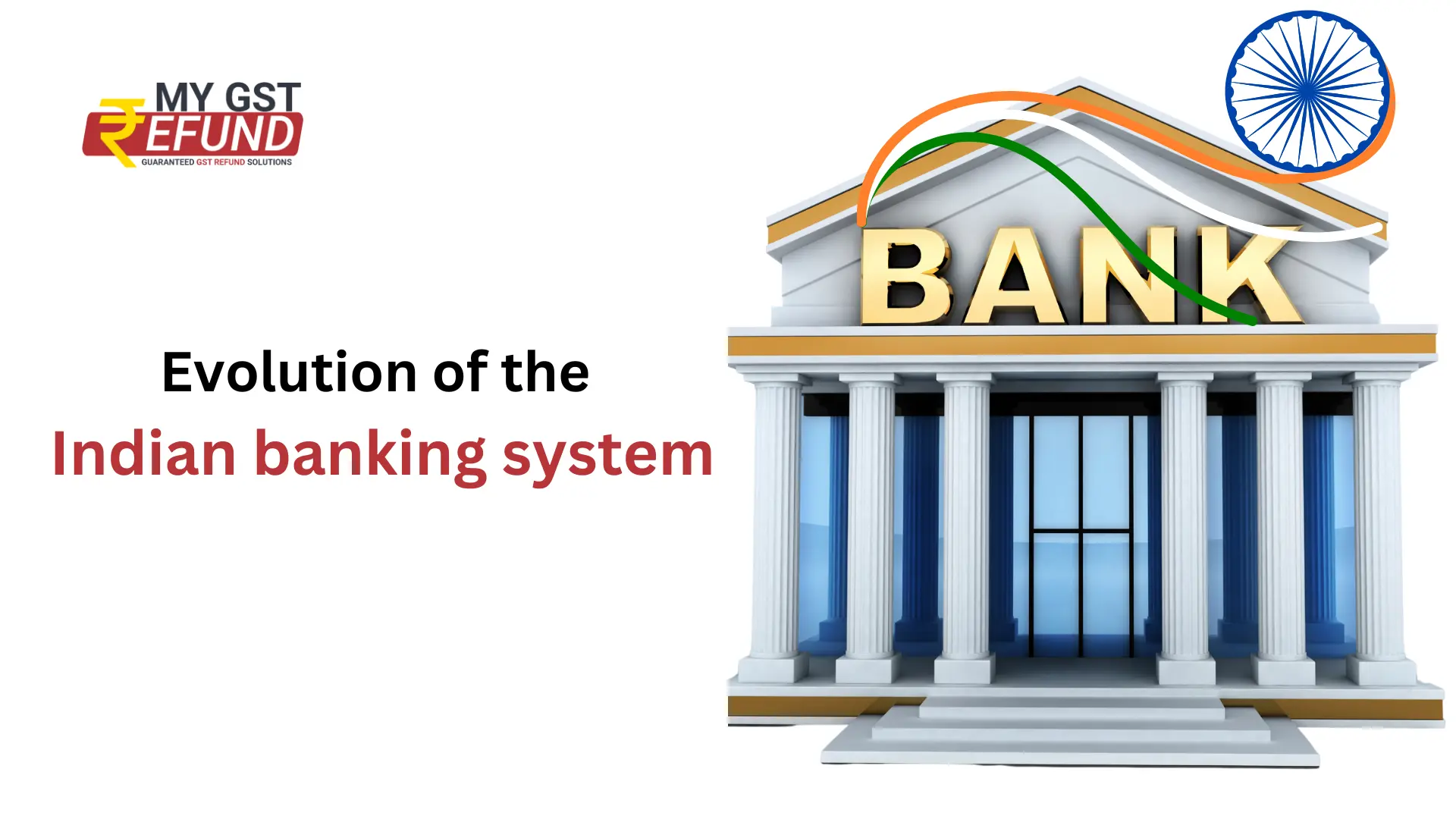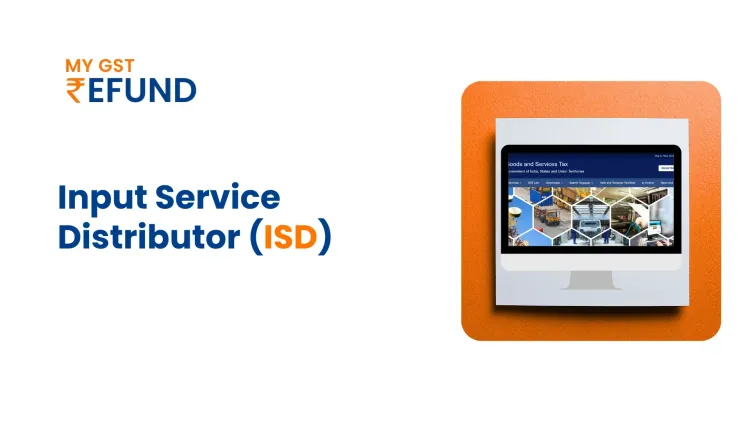Evolution of the Indian banking system
Some experts believe that the word ‘ Bank’ has been derived from the Greek word ‘Banque' which means ‘ a bench’. Basically, a bank is a place where people deposit their money for safety and the place where the borrower can borrow and also get financial services like loans, fixed deposits, and currency exchange. In India, there are two types of banks, such as retail banks and investment banks. Superior authorities like the central bank or central government control all private and public banks. The Reserve Bank of India (RBI) is the central bank of India that controls and regulates all the banks in India.
Phases:
The Indian banking system can be categorized in two phases:-
Pre-independence phase(1786-1947)
Post-independence phase(1947 to till date)
The post-independence period may further be divided into three phases-
Pre-nationalisation period(1947 to 1969)
Post-nationalisation period(1969 to 1991)
Liberation period(1991 to till date)
Pre-independence Phase(1786-1947)
- In this phase, we found the presence of a large number of banks in India. “Bank of Hindustan”, is the first bank of India , established in 1770 in Calcutta. After the establishment of the Bank of Hindustan, many banks came but we were not successful like,
General Bank of India
Oudh Commercial Bank, the first commercial bank in India
Some banks are very successful and even now they are working like-
Allahabad Bank(1865)
Punjab National Bank(1894)
Bank of India (1906)
Bank of Baroda (1908)
Central Bank of India(1911)
RBI was established in 1935 on the recommendation of the Hilton-Young Commission.
At the time of British rule, The East India Company had established three banks: Bank of Bengal, Bank of Bombay, and Bank of Madras, and called them the Presidential Banks. These three banks were later merged into one bank in 1921 which was called the “Imperial Bank of India”.
In 1955, the Imperial Bank of India was nationalized and named The State Bank of India, the largest public Bank.
Many major banks failed to survive from 1786-1947, The following reasons can be drawn-
-Human error and time-consuming
-Lack of management skills
-Lack of technology and machines
In this period, most of the banks were small in size and there was a high rate of failure. As a result deposit mobilisation is very low in these banks.
Post-Independence Phase(1947 to till date)
The entire banking sector was under private ownership at the time of Independence. Money lenders lend money to the rural population of India according to their requirements. The Government decided to solve these issues and also better develop the economy. The Government of India nationalised the banks. RBI was the first bank to be nationalised in 1949. The Imperial Bank of India was also nationalised in 1955 and named the State Bank of India.
Post nationalisation Period (1969 to 1991)
The Indian banking system immensely developed after nationalisation but the rural and weaker section of the society was still not covered under the system. To solve these issues, the Narasimham Committee in 1974 recommended the establishment of Regional Rural Banks(RRB). On 2nd October 1975 , RRBs were established to extend the amount of credit to the rural section of the society.
In 1980, six more banks were nationalised with the second wave of nationalisation, these banks included:
Andhra Bank, Corporation Bank, New Bank of India, Oriental Bank of Punjab and Sind Bank, Vijaya Bank.
There were seven subsidiaries of SBI that were nationalised in 1959:
1. State Bank of Patiala
2. State Bank of Hyderabad
3. State Bank of Bikaner and Jaipur
4. State Bank of Mysore
5. State Bank of Saurashtra
6. State Bank of Indore
7. State Bank of Travancore
All these banks were later merged with the State Bank of India in 2017, except for the State Bank of Saurashtra, which was merged in 2008 and State Bank of Indore, which was merged in 2010.
Liberalisation Period
Reforms in the banking sector were introduced on the basis of the recommendations of different committees:
1: The First Narasimham Committee(1991)
2: The Verma Committee (1996)
3:The Khan Committee (1997), and
4: The Second Narasimham Committee(1998)
The major thrust of the recommendations was to make banks competitive and strong and conducive to the stability of the financial system. These committees suggested no more nationalization of banks. After liberalization, foreign banks were allowed to open offices in India. The committee suggested that treaties be equal in order to make banks more competitive. Joint ventures can be set up by Indian and Foreign banks. A major part of Indian banking moved online with Internet banking and apps available for fund transfer. Small Finance Banks were allowed to set their branches across India.
The Government of India accepted all the major recommendations of the committee.
Current Scenario
The term “new banking system” means the transformation of banking and financial services sectors in THE NET-WORKED WORLD. Physical as well as virtual expansion through mobile banking, internet banking, and mobile ATMs has been taking place since the last decade and has gained momentum in the last few years. Advancement of technology results in technology companies, brands , financial firms and banks needing to be online. Now customers don't want to visit banks to pay their bills, they prefer to pay online to save time and they prefer to check their account balances online.
Many banks have their online app through which they provide services to their customers to increase online banking through phones. Online banking is more comfortable and time saving and it allows them to keep track of their transactions when they are out shopping. Customers can access online services with a secured network instead of using public WiFi.
Advantages of Online Banking
1. Fast transfer of funds is available
2. Easy to maintain customer detail
3. Withdrawal of money anytime from anywhere
4. Simple to access( through phone)
5. Online banking provides services like loans, investment options, and many others.
Disadvantages of Online Banking
1. There is no physical contact between the customer and the bank
2. High service fee charged for services
3. Without an Internet connection, online banking is not possible
4. Account holder information can be easily hacked by third person
Conclusion
From the beginning to the end, there is an evolution in every sector. It is clear that Indian banks are operating in an increasingly competitive environment. The Indian banking system has also learned a lot from its mistakes and gradually on the footprints of other developed countries. People of the country are still dependent on the banks to keep their savings. There is still a lot to do to put our country's economy in the driver's seat.
FAQs
Q-1. Who Introduced a Bank in India?
Ans. The banking system in India began with the establishment of the Bank of Hindustan in 1770 but it stopped by 1832.
Q-2. Which is the first private Bank in India?
Ans. The Nedungadi Bank was the first private-sector Bank in India.
Q-3. Which bank Introduced ATMs in India?
Ans. HSBC bank in Mumbai in 1987.
Q-4. Who is the father of Indian banking?
Ans. M. Narasimham is known as the father of banking in India.
Q-5. Who owns the Bank of India?
Ans. Bank of India is a state-owned commercial bank with headquarters in Mumbai.
Related Posts








